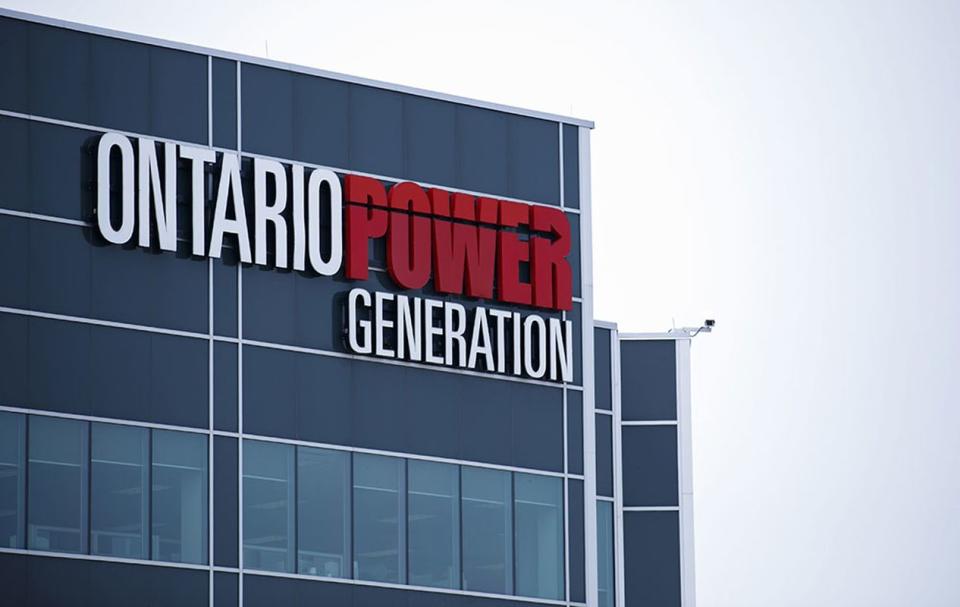Opinion: Keep Ontario's Wesleyville site open for nuclear power development

By Dylan Moon, Chris Keefer, Chris Adlam and Tom Hess
Rising electricity demand is driving Ontario to plan big increases in its capacity to generate low-carbon power, especially nuclear. Where should the new capacity be built? Finding, studying, and approving a site can take decades, so accelerating the search should be a top priority for energy planners. Ontario already has an ideal, approved site for new power generation: Wesleyville, on the north shore of Lake Ontario, about 100 kilometres east of Toronto.
Ontario has experienced — and met — rapid growth in the demand for electricity before. Amid rapid industrialization in the 1960s and 1970s, Ontario Hydro surveyed the province for ideal spots for new power plants. After extensive seismic, environmental and other assessments, it whittled its list of potential sites down to just seven.
Three — Pickering, Bruce, and Darlington — ended up hosting the nuclear stations that now provide the bulk of Ontario’s electricity emissions-free. Another three — Nanticoke, Lambton, and Lakeview — became coal stations whose output the nuclear plants ultimately replaced. Only Wesleyville remained unused. Hydro did build an oil-fired generator there but then the OPEC crisis hit and it never operated.
Existing sites, such as Bruce and Darlington, are good places to build new nuclear power. In fact, that’s already happening. Darlington will host the western world’s first small modular reactor. And in a landmark announcement last summer, Energy Minister Todd Smith funded pre-development work for new nuclear at the Bruce station. These two initiatives will increase the province’s nuclear supply by almost 50 per cent. But the province’s Independent Energy System Operator (IESO) says its nuclear fleet needs to expand by 150 per cent. That would outstrip the space available at the existing nuclear sites, which makes Wesleyville attractive once more.
Keeping the Wesleyville site for future electricity generation is a must. It was studied, selected and then eventually preserved for that function. Four nearby 500-kilovolt transmission lines solve the hurdle of connecting large power stations of any kind to the grid, thus bypassing the need to clear new transmission corridors through privately-owned land. And Ontario Power Generation owns the land already, which means work can begin soon, without a decade-long siting process certain to be delayed and disrupted. Proximity to the existing Darlington site, only 30 kilometres to the west, also means easy access to key suppliers and qualified labour. Five decades on, Wesleyville is still clearly a prime location for low-carbon power generation.
With the site having sat largely empty for decades, the municipality of Port Hope, about 10 kilometres to the east of Wesleyville, sought to buy the land for residential and business use. As recently as 2022, a plan was in place to sell it, though in a last-minute reversal, Energy Minister Smith stopped the sale. Local economic development should not be a problem, however. Stable, high-quality employment and a strong tax base are key markers of Ontario’s communities near nuclear stations. Moreover, compared to the farmland around it, the site is quite small: about five square kilometres.
There is nothing small about the power it would generate, however. With a capacity of 4,800 MW, the site would generate about 2.5 times the combined yearly output of every grid-connected wind turbine and solar panel in the province — and they occupy an estimated land footprint roughly 300 times that of the Wesleyville site.
People currently driving past the Wesleyville site on Highway 401 are treated to the spectacle of the Port Hope Solar Farm. Home to 50,000 solar panels, its border is flush with the highway and extends nearly a kilometre back toward Lake Ontario. But, impressive as it may be, its 10 MW worth of panels produce in a full year what the inconspicuous site behind it, if scaled like Darlington, would produce in just under five hours.
The road to new nuclear will not be easy. On its Bruce and Darlington projects, Ontario Power Generation is proving it can deliver complex nuclear projects ahead of schedule. But expanding to new sites will take careful strategy and planning. Protecting sites like Wesleyville and like the now-defunct coal stations, which remain transmission-connected with access to cooling water, is crucial — but it’s only a first step.
We cannot afford to repurpose carefully chosen sites like Wesleyville away from their future role in power generation, even if it does take a decade to develop a nuclear station for them. Many current Canadian policy priorities require electricity. Only by making best use of sites like Wesleyville will we have enough of it.
Dylan Moon founded the energy policy consultancy Nuclear Vision. Chris Keefer is president and Chris Adlam co-founder of Canadians for Nuclear Energy. Tom Hess is a retired IESO control room shift supervisor.

 Yahoo Finance
Yahoo Finance 